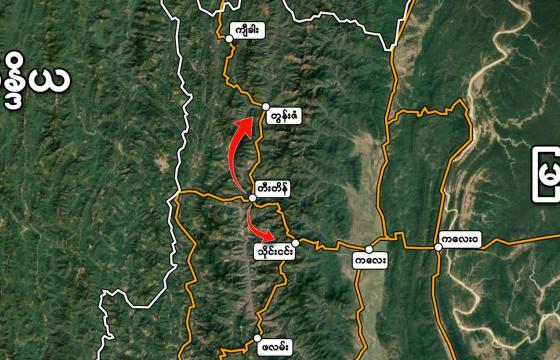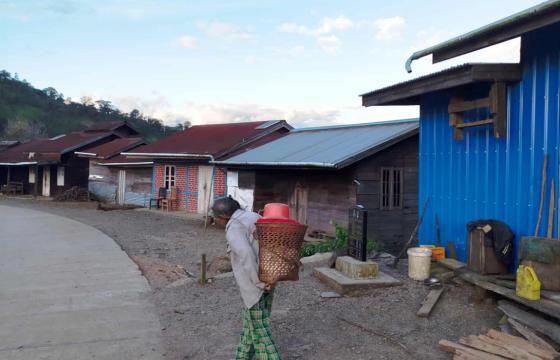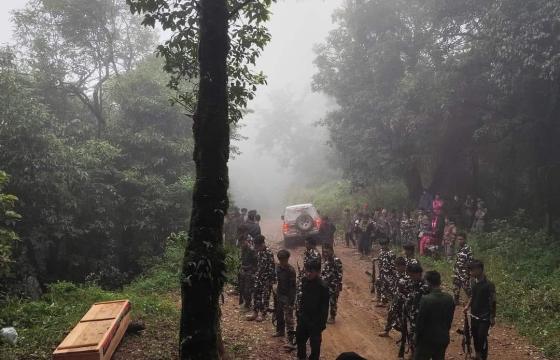A French company has resumed a ground survey for a stalled 622-megawatt (MW) hydropower project on the Laymyo River in southern Chin State’s Paletwa Township, according to senior state government officials.
“The company was supposed to do a survey and report its findings within two years, but that two-year period passed and it delayed sending its report, so the project was put on hold,” said Soe Htet, the state’s minister of municipal affairs, electricity and industry, noting that the project was originally expected to go into construction in 2016-17.
“The company is now doing a survey to measure water levels. The first phase will cost US$2 million, and the second $7 million,” the minister said in an interview with Khonumthung News last week.
Burma’s Union government signed a memorandum of understanding (MOU) with the company soon after the National League for Democracy came to power after elections in 2015. If completed, the project will be the second-largest of its kind in the country.
“The Chin State government can only sign MOUs with companies for projects under 30 MW, but this one is huge, so the agreement is between the company and the Union government,” said Soe Htet.
Two hydropower projects have been proposed for construction on the Laymyo River. The first, near the village of Than Tawng in Paletwa Township, is expected to generate 622 MW of electricity. The second, in neighboring Rakhine State, will have the capacity to produce 105 MW.
Nearly 20,000 people, mostly from the Dai, Laytu and Rakhine ethnic groups, live in 60 villages along the Laymyo River. Many say they oppose the project because it will force them to relocate and will put them at risk if the dam collapses.
“Most of the villages here are right on the riverbank, so if the hydropower dam is built, I am sure they will all have to relocate. Every village in the area will be under water. And if the dam collapses, we’re done for,” said Sayar Buu Lum of Chin River Watch, a local environmental group.
To address these concerns, the Chin State government has promised to build Than Tawng into a town if local people don’t oppose the dam.
The source of the Laymyo River is the Bontalar waterfall in Matupi Township. In 2009, Burma’s former military dictatorship signed a joint-venture agreement with the Chinese government to build a hydropower dam on the river, but that plan was shelved in 2012.
Although it has no direct dealings with the French company, the state government will make sure that environmental and social impact assessments are carried out before the project goes ahead, according to Soe Htet.
There are 17 places in Chin State that can be used to produce hydropower, including two that are suitable for megaprojects, one with potential for a medium-sized project, and 14 for small projects.







